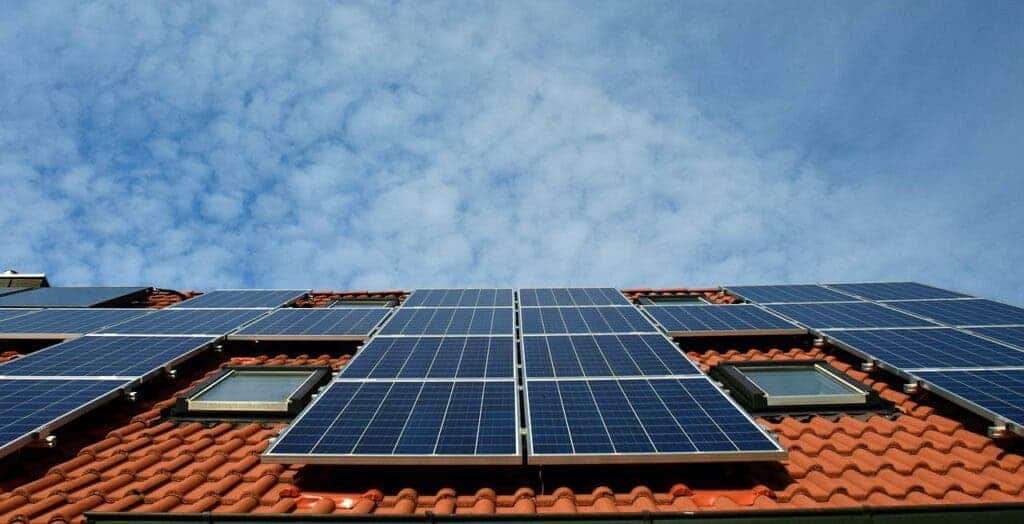The European Union wants to accelerate a large-scale rollout of solar energy while also rebuilding Europe’s solar manufacturing industry. The plan is part of the bloc’s strategy to end its reliance on Russian fossil fuels, especially natural gas, by 2030. The EU currently gets about 40% of its gas from Russia at a cost of over $110 million a day.

Half of the EU’s energy would come from renewable sources by 2030, more than double the current amount, according to the European Commission’s plan, named RepowerEU. This would cost hundreds of billions of euros, but much of that money would come from savings on imported fuel. Still, in order to achieve this, swift action is required.
As part of the plan, the EU introduced several measures, ranging from the doubling of the rate of deployment of heat pumps to establishing ‘go-to’ areas for renewables. Among these measures, the European Commission has also |introduced the “solar rooftop initiative” which would make it mandatory to install solar panels on new public and commercial buildings, as well as new residential buildings by 2029.
“There is a double urgency to transform Europe’s energy system: ending the EU’s dependence on Russian fossil fuels, which are used as an economic and political weapon and cost European taxpayers nearly €100 billion per year, and tackling the climate crisis,” the European Commission said in a statement earlier this week.
A shift towards solar energy
As part of the REPowerEU plan, the EU aims to bring online over 320 GW of solar photovoltaic energy by 2025 (more than doubling compared to 2020) and almost 600 GW by 2030. Solar delivered about 5% of the total EU electricity generation in 2020. To reach the 2030 target, the EU would have to install, on average, 45 GW per year.
To meet this target, the EU is betting big on its “solar rooftop initiative.” According to some estimates, rooftop PV could provide almost 25% of the EU’s electricity consumption — more than the share of natural gas today. These installations can be deployed rapidly while also shielding consumers from high energy prices, the EU argued. In fact, this shift could make energy cheaper compared to today’s levels.
The plan requires the EU and national governments to limit the length of permitting for rooftop solar installations, including large ones, to a maximum of three months – something that would need to happen this year. Solar rooftops will be compulsory for new public and commercial buildings by 2027 and for residential buildings by 2029.
For this, the EU will establish support frameworks for rooftop systems, including in combination with energy storage and heat pumps, based on predictable payback times that are shorter than 10 years. The plan is expected to add 19 TWh of electricity after the first year of its implementation – and then a total of 58 TWh of electricity by 2025.
In terms of saving energy, the European Commission also wants to raise its current target for reducing energy consumption by 2030 via energy efficiency, from 9% to 13%. It’s also encouraging governments to implement policies to increase energy savings, such as reduced taxes on energy-efficient heating systems and building insulation.
“Solar electricity and heat are key for phasing out EU’s dependence on Russian natural gas. Large-scale deployment of PVs will reduce our reliance on natural gas used to produce power,” the European Commission said in a statement. “Rooftops have been the place for most of the solar energy deployment so far, but huge untapped potential remains.”









